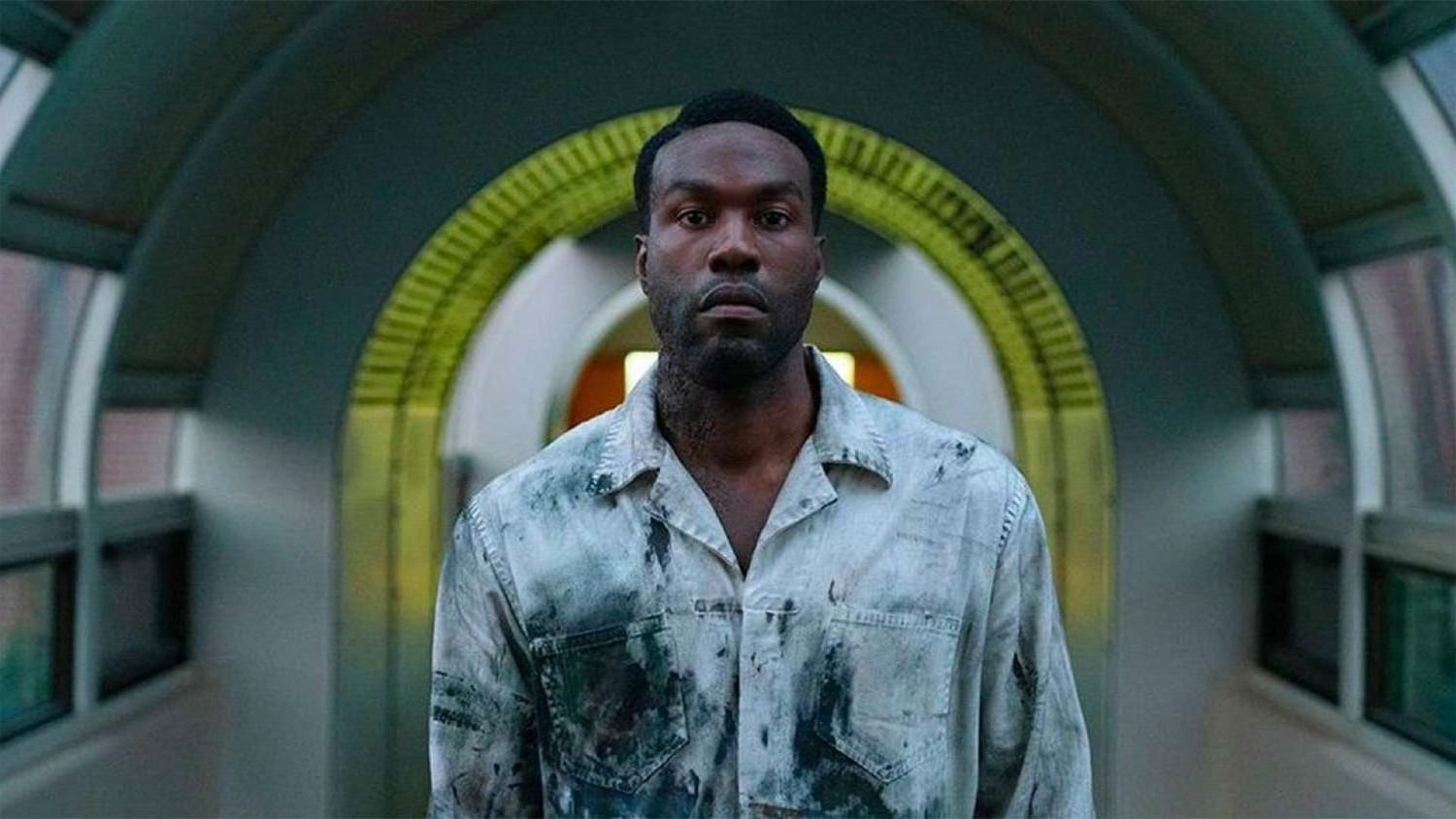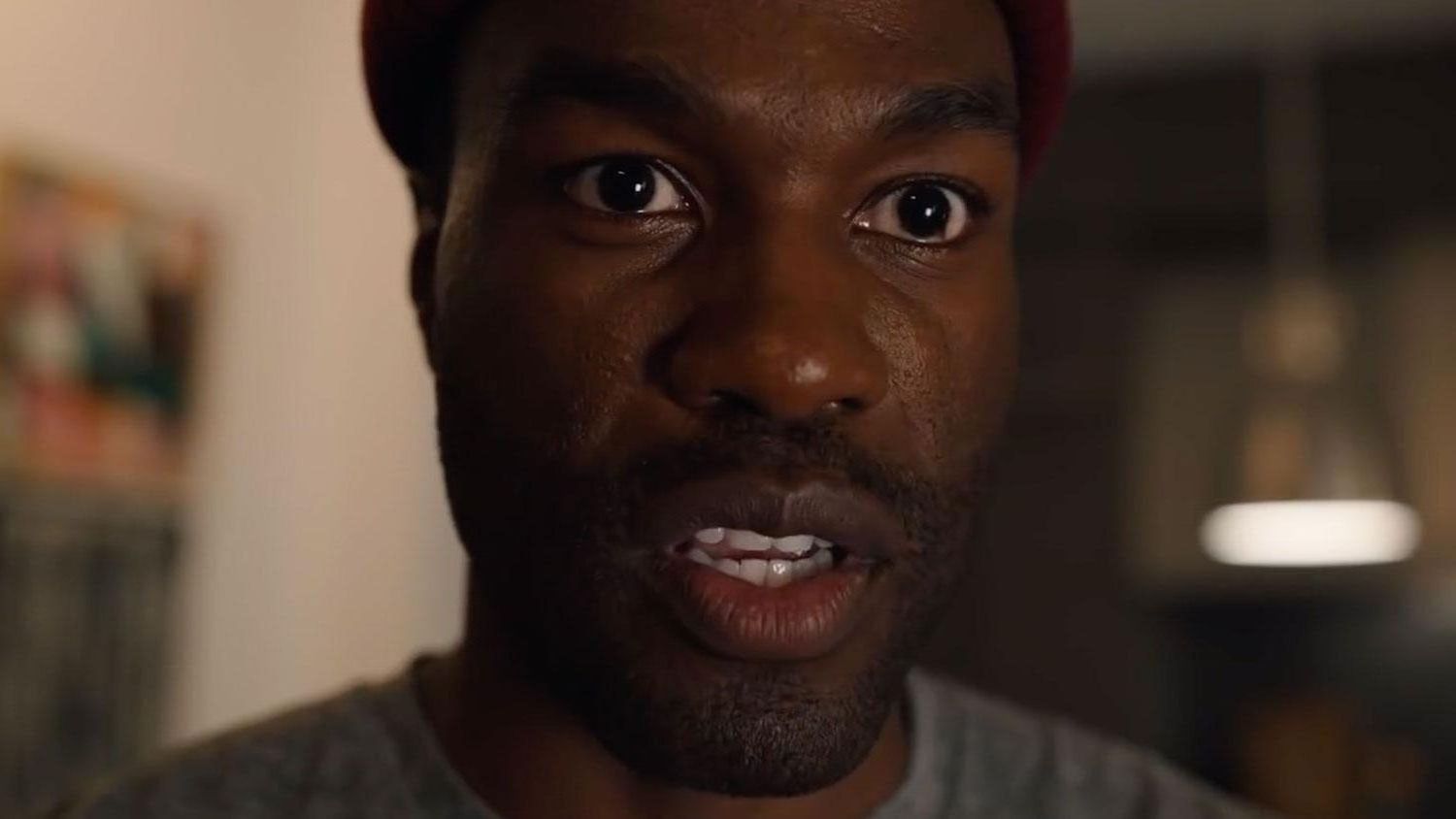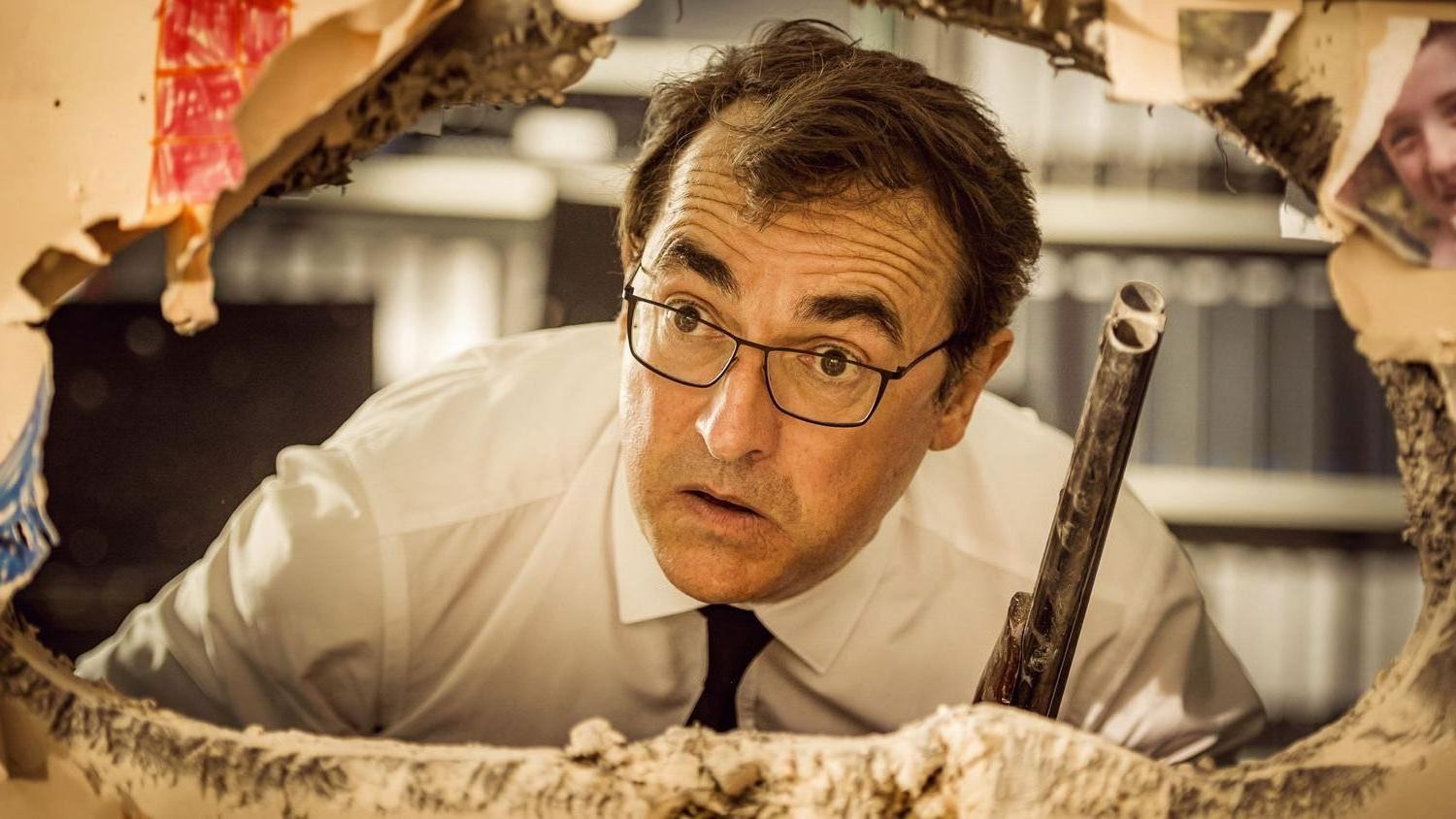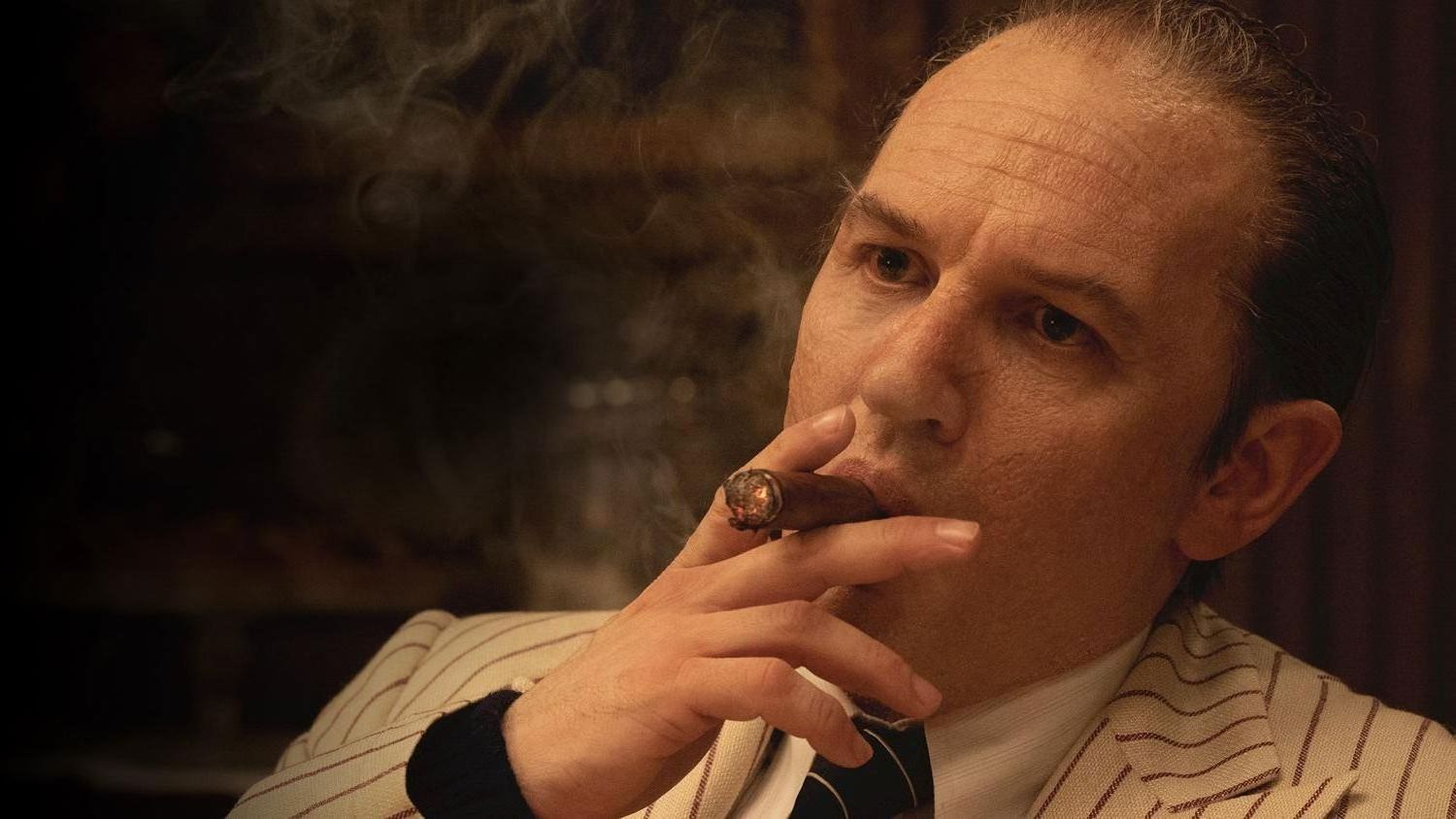
Candyman (2021) Review Movie
Candyman (2021) Review
The most recent in a series of horror series which have received the 'legacy-quel treatment – soft reboots that take away what's deemed to be unclean and disposable and canon (think the Halloween of David Gordon Green) — Nia DaCosta's fresh approach to Candyman straight forwards the plot of the first and most popular film within the franchise. The film resurrects Bernard Rose's 1992 cult-horror and continues to mythologize the collective trauma of history that is buried as embodied in its infamous vengeful spirit however, it also attempts to self-reflexively confront the misdeeds of the previous film. Where the original utilized academics and gentrification as a way to discuss the existence of social barriers imposed by the government, DaCosta builds upon how it has been used to discuss social barriers into the current.
The film is set in the now-gentrified Cabrini Green, the location of the film's first. Through a new project of art, Anthony (Yahya Abdul-Mateen II) accidentally unleashes the Candyman who is able to kill any person who summons him by reciting the name 5 times over the mirror. With her debut film in 2018 Little Woods, DaCosta has the experience of navigating social-economic borders and broken government systems with the nuances. Candyman seems like a great continuation of her passions. It's a fascinating expansion of the mythos of the character, taking the best elements from the sequels that have been criticized — although anyone hoping the possibility of seeing Tony Todd back in the role will likely be disappointed. In the original film, which used the spectre as a comment on the demonization of housing projects and housing in council, DaCosta's film is revised as a response to the repercussions of this negligence, to remind us of the people who was here before the glass-like flats were built. In addition, DaCosta's Get Out Director Jordan Peele and Win Rosenfeld's screenplay is interesting by the way it is a correction to the more sloppy parts of the '92 Candyman which made it difficult to understand its main theme in pointing the spirit's violence and vengeance back to the original perpetrators. The initial Candyman character Helen's part of the tale is revealed through unreliable narrators which is a urban legend when viewed in the context of this latest film.
Nia DaCosta visualizes the fear in the structure of gentrification.
The attempt to reshape the message of its predecessor to appeal to a new audience is a good idea however it is then overcorrected the meaning of each scene, which appears to be the conversation that explains the revisionism. DaCosta's film appears to anticipate criticisms of this kind (amusingly an unfriendly white critic mocks Anthony's art as didactic) However, it does not hinder the transformation of subtext into large bold, bold text that seems like a studio requesting assistance. It's like a protection against misinterpretation and then it gets stifling by not letting its actors take over the task. Abdul-Mateen II and Colman Domingo as the Cabrini Green resident who is still propagating his version of the Candyman Urban legend are particularly captivating as they channel deep sorrow and rage as if they were spiritual possessions, one that literally devours Anthony as his work and involvement with historical traumas become an obsession. Teyonah Parris' Brianna adds an intimate and personal touch with the movie's collective mourning and transformation into anger. In spite of its lack of subtlety, the script is often amusing, with one particular highlight being a character who asks if anyone would be foolish enough to perform the catoptromancy that brings about Candyman and then cuts to an ensemble of white, mean girls in a bathroom at school.
It's visually captivating when it stops being preoccupied with the way it explains the film. Cinematographer John Guleserian creates a sense of discontent from the glitzy luxury homes which have hid the grime that was evident in the first film, which is mirror is a disturbing reflection of the Candyman's original ominous overhead shots of high-rises that transform into alien appearances by taking from below and then changing the perspective of the shot. One of the best elements of DaCosta is the sporadic shadow-plays that recount different urban myths, which is in homage to the oral storytelling tradition that preserves the ravaged story of African Americans. When it does this it also reaches the frightening fatalism of its predecessor in the way it focuses on the inevitable, ongoing cycles of white supremacy as well as the ongoing intergenerational suffering. In a way, for every story on Candyman there's another equally brutal one about the Chicago PD that is followed, their actions being more clearly evil.
DaCosta visualizes the terror in the over-the-top design of gentrification with the glass towers that loom over the city feeling like a real threat as any other on screen. One of the most notable kills is shown with a long zoom-out, putting the victim from the window of their lavish apartment in a mixed-budget development similar to the one that Cabrini Green has been replaced by. In the beginning, if the film are too preoccupied with explaining the significance and significance of this particular Candyman himself, at the very least the results of his summoning are messy as well as in the shiver-inducing bloodshed, and who it is aiming at, and a mass revenge-driven anger that is unleashed at any person who mentions the subject in a joke. It's fascinating to see the spirit transform from something that was stumbled across to something called out with intent, in the sharp and provocative moments that end the film. It's unfortunate, however that, just as it creates a brand new image, it's over and its time is cut with its numerous stolid lectures.

